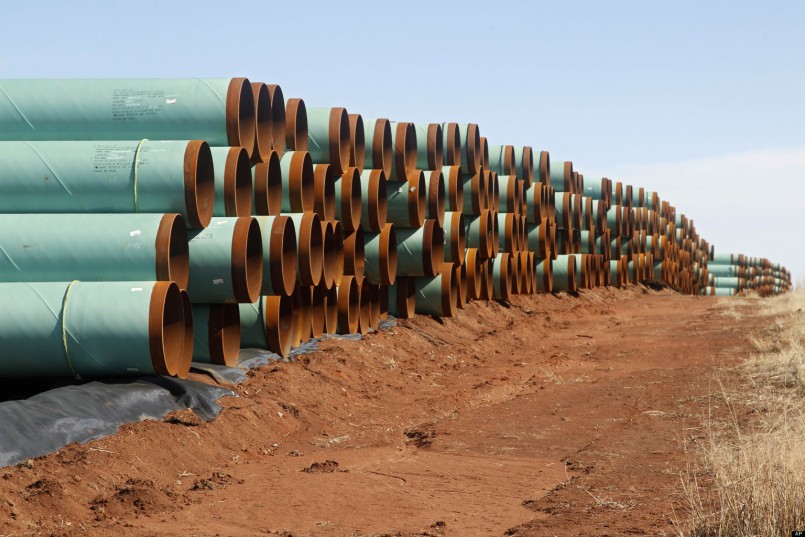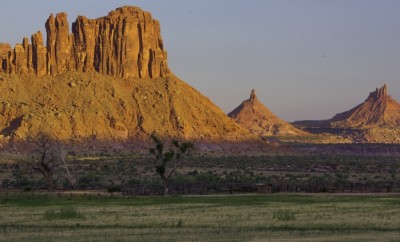Cultures
What’s The Deal With The Keystone Pipeline?

Photo: Occupy
Obama Vetoes Keystone Pipeline
The controversial Keystone Pipeline project has made headlines ever since it’s conception. Environmental groups, ordinary citizens, and politicians have been in a constant state of dissent as the project has made it’s way, slowly, through U.S. legislature. Having the potential for immeasurable environmental damage, the Keystone Pipeline seemed on it’s way to a daunting, inevitable conclusion.
Until now.
Commissioned in 2010, the Keystone Pipeline had a simple purpose: to create a direct avenue for crude oil transportation across the Canadian border to Midwestern markets. Nearly 600 miles of natural gas pipeline in Manitoba and Saskatchewan was converted for crude oil use during Phase I of the project.
Phase II, which began in 2011, saw an extension of 298 miles of pipeline from Steele City, Nebraska to Crushing, Oklahoma. And in 2014, during Phase III, the crude oil pipeline connected Crushing, Oklahoma to the Gulf of Mexico at Port Arthur and Nederland, Texas.
Not until Phase IV was proposed did the Keystone Pipeline’s controversy strike. Phase IV, or the Keystone XL Pipeline, was intended to create a diverted route from Alberta, Canada to the existing pipeline in Steele City, Nebraska.
The problem? The proposed route, through Baker, Montana and directly across both South Dakota and Nebraska, would encounter a few important environmental features, like the underground Ogallala Aquifer, which spans eight states and provides clean drinking water to 2 million Americans. Oh, and supports $20 billion in agriculture. And that’s not to mention Keystone XL’s proposed route through Nebraska’s Sandhills wetland, the largest and most intricate ecosystem of it’s kind in the United States.
For environmentalists, opposition to Keystone XL was a no-brainer. With the entire Midwestern economy on the line, an accidental contamination of the Ogallala Aquifer was too dire to consider. Millions of tons of drinking water would be ruined, rendering locals who rely on the source helpless.
Oil spills, they argued, are unpredictable and often irreversibly damage the environment and community surrounding the accident site. But as the Keystone XL continued to make it’s way through legislature, an overwhelming sense of doom settled in on environmentally-conscious Americans. Were we fated to recreate such disasters as the Deepwater Horizon spill in the Gulf of Mexico?
But on November 6th, 2015, a sigh of relief was heard around the country as Obama vetoes Keystone Pipeline, after almost four years of back-and-forth.
Environmentalists, and consequently the entire American population, won the battle.






0 comments